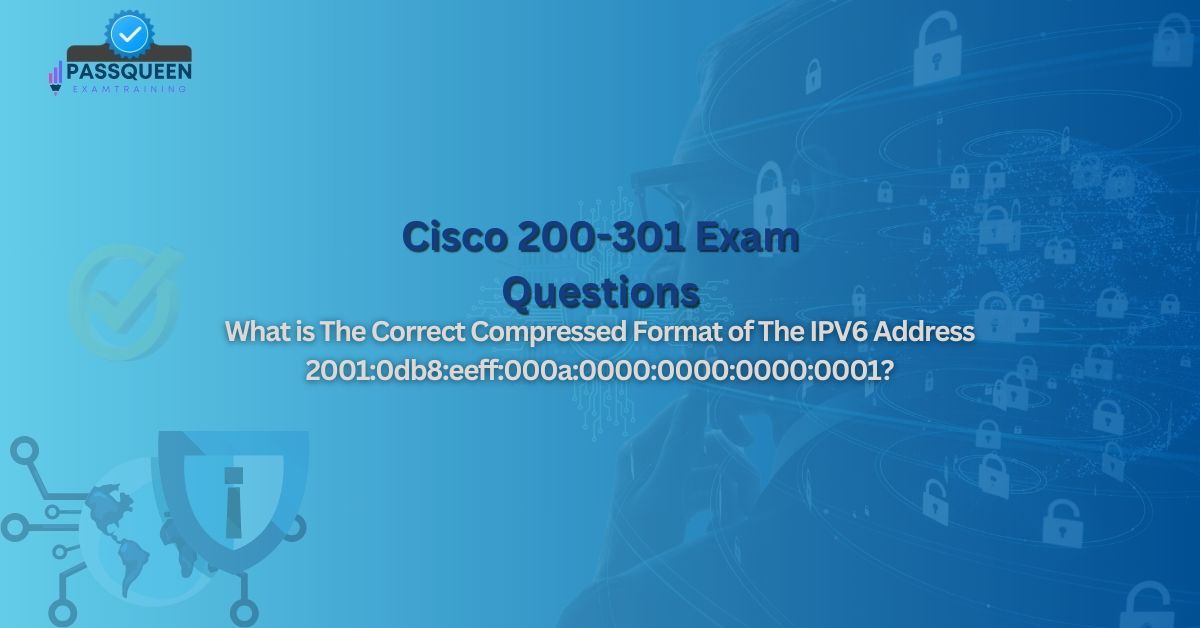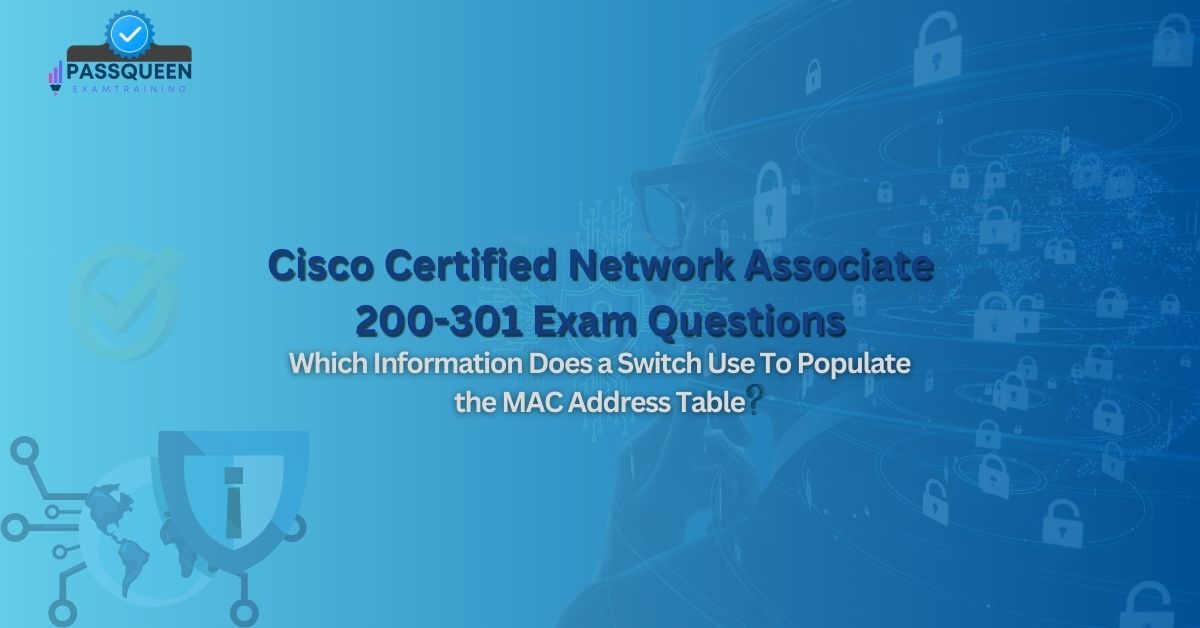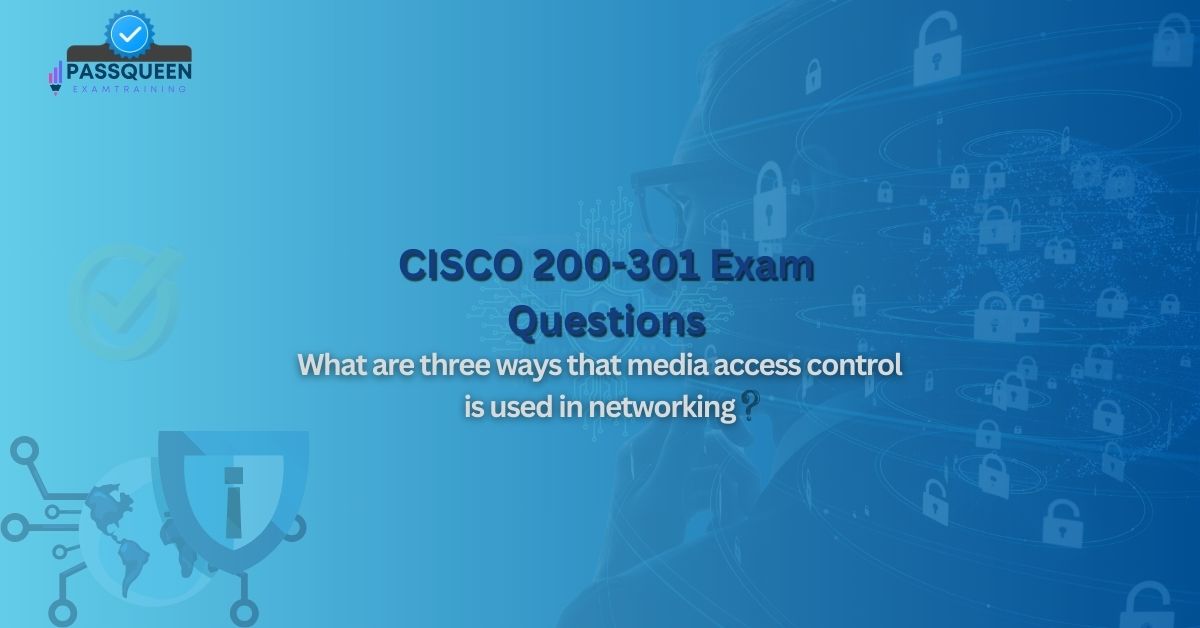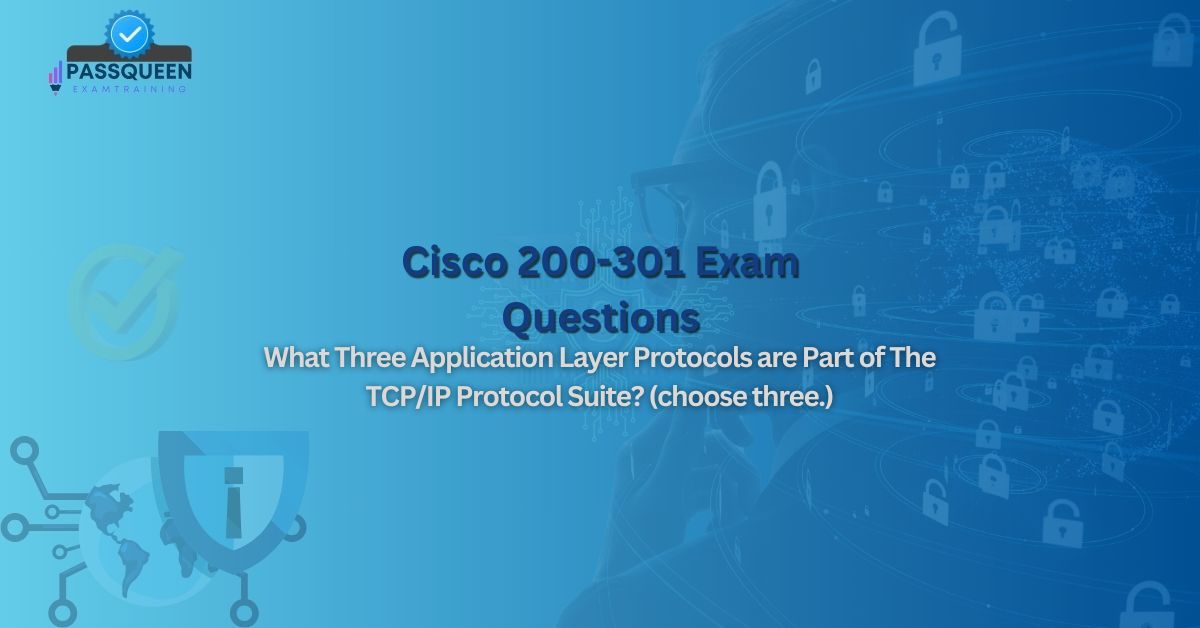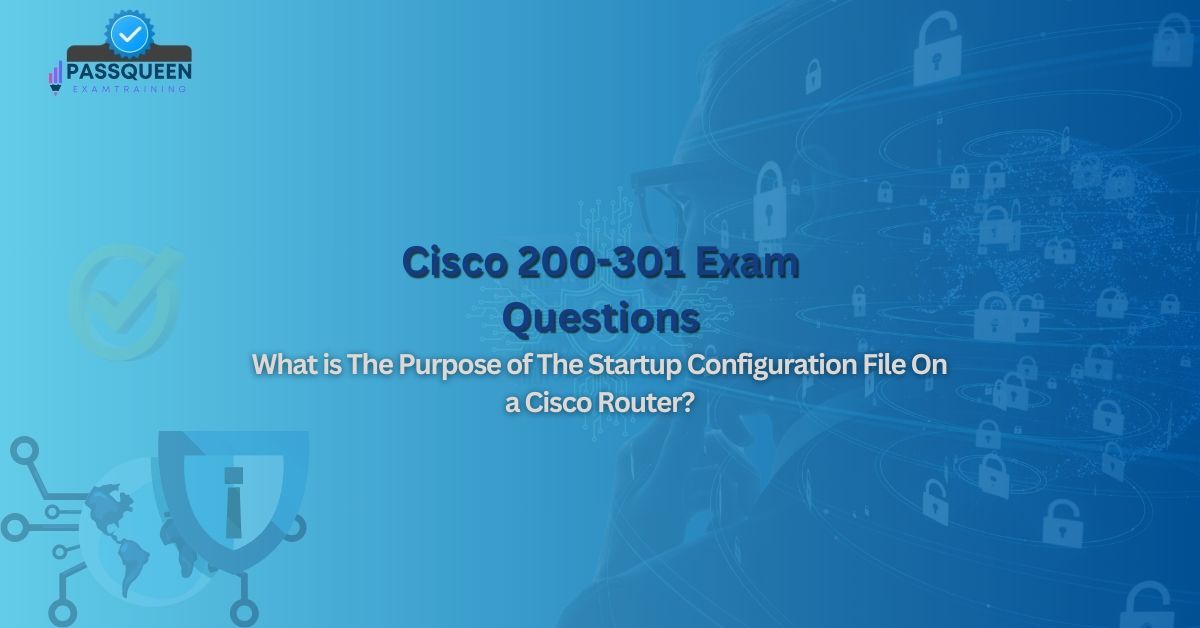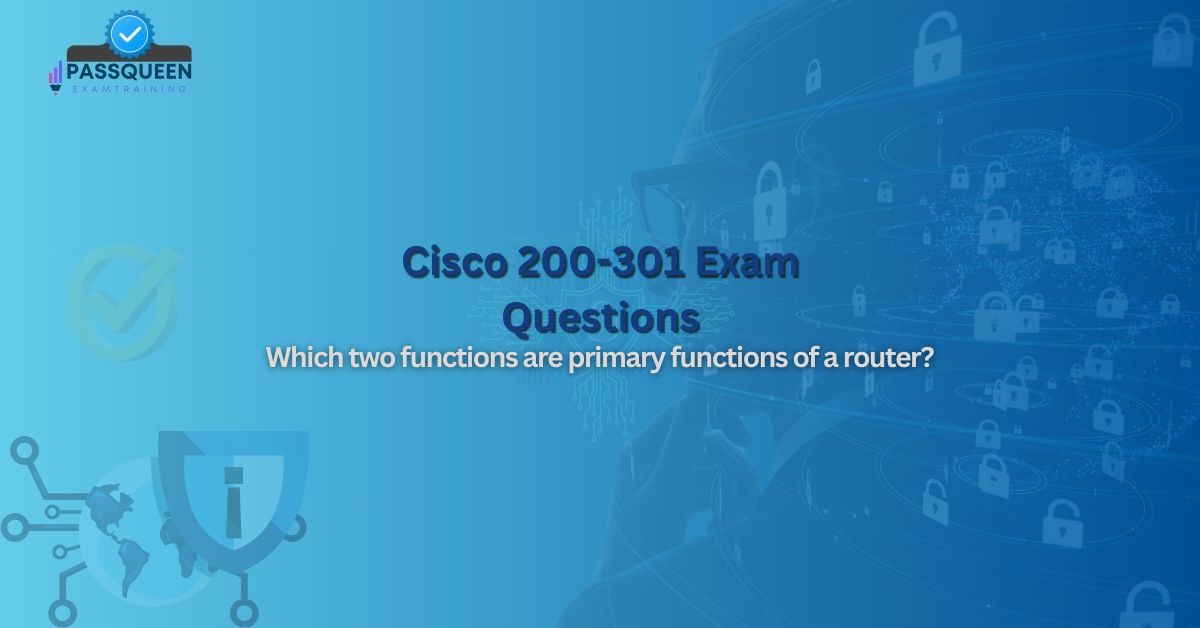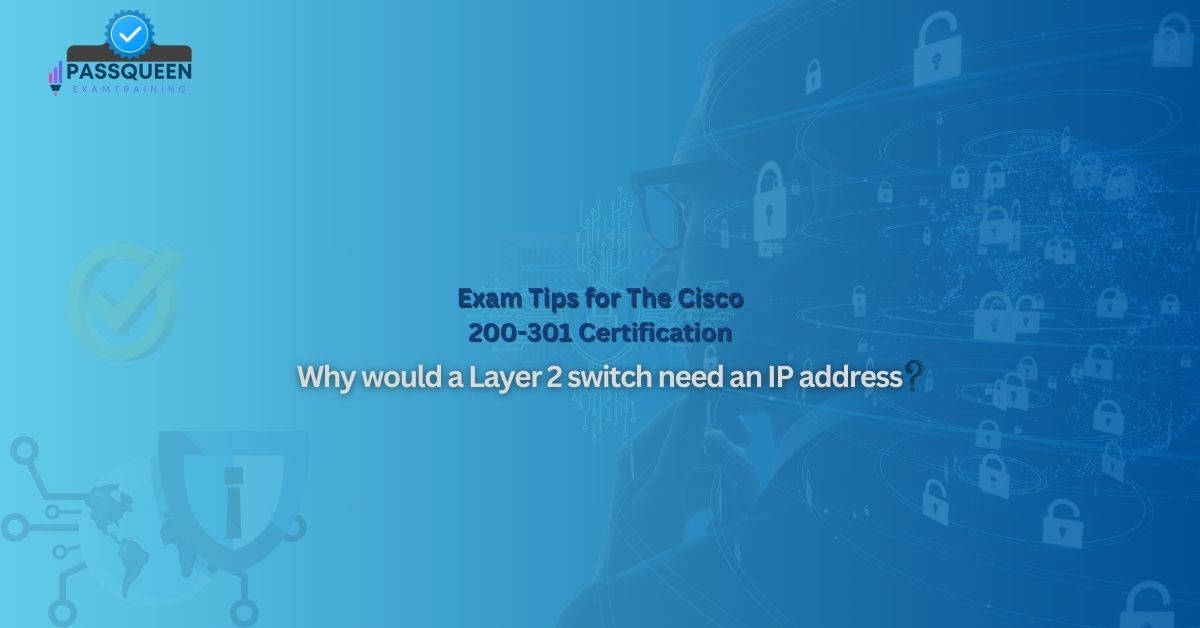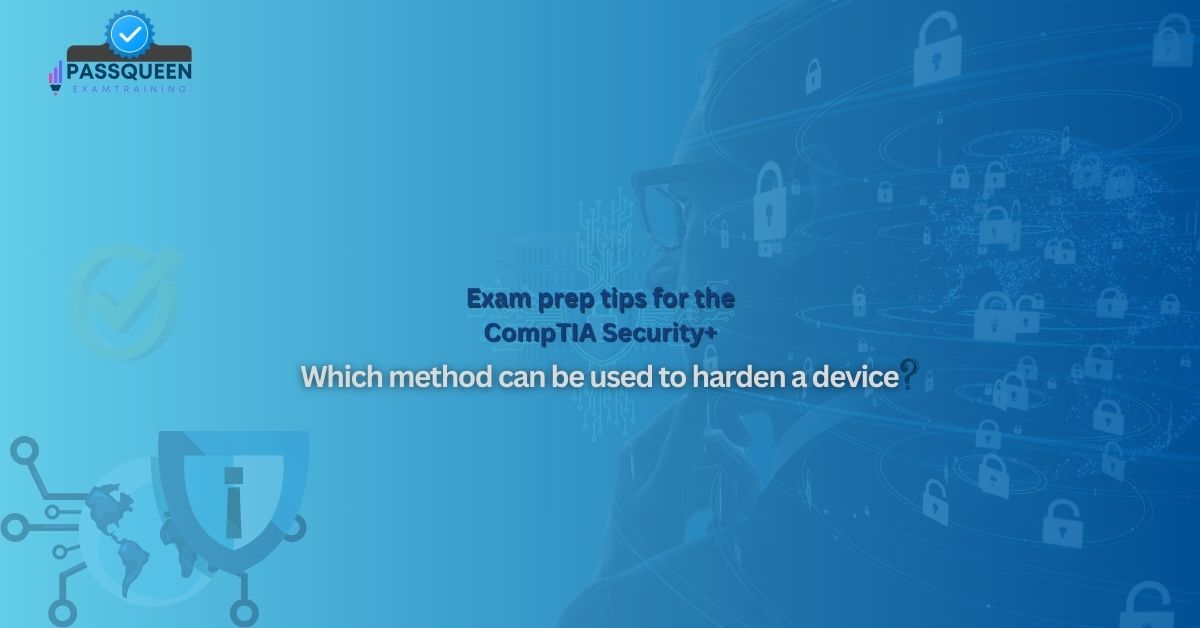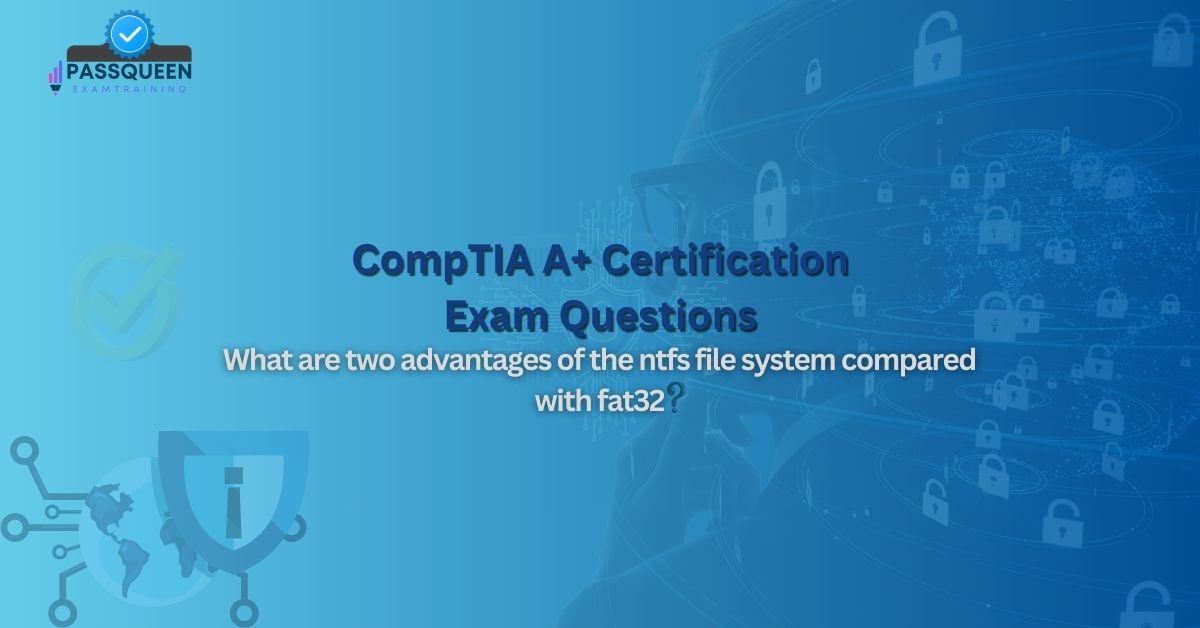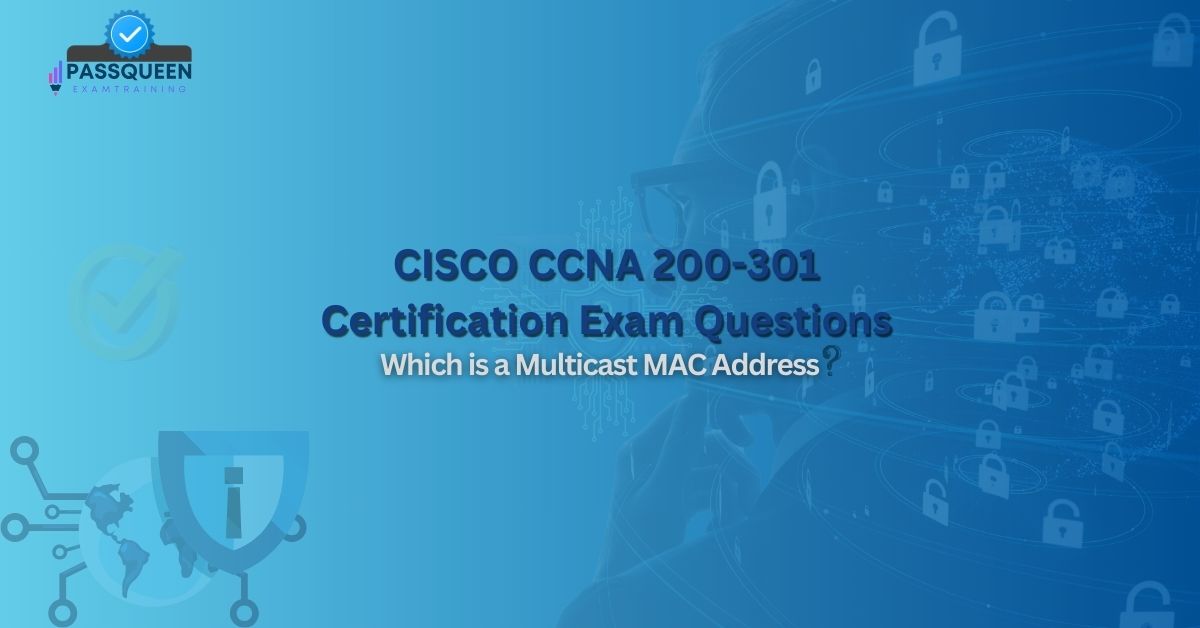Introduction: Why IPv6 Compression Matters
IPv6 was designed to solve IPv4’s address exhaustion problem, but its 128-bit hexadecimal addresses can be long and complex. For example:
2001:0db8:eeff:000a:0000:0000:0000:0001
This is where IPv6 address compression comes in—a crucial skill for network engineers and Cisco CCNA 200-301 Certification candidates.
At PassQueen, we simplify networking concepts to help you ace your exam. In this guide, you’ll learn:
✔ How IPv6 addresses are structured
✔ Step-by-step compression techniques
✔ Common mistakes to avoid
✔ Why this is vital for the CCNA exam
Let’s dive in!
IPv6 Address Structure Overview
An IPv6 address is 128 bits long, represented as 8 groups of 4 hexadecimal digits, separated by colons (:).
Example of a Full IPv6 Address:
2001:0db8:eeff:000a:0000:0000:0000:0001
Key Rules for Compression:
1. Leading Zeros Can Be Removed
- 0db8 → db8
- 000a → a
2. Consecutive Groups of 0000 Can Be Replaced with :: (ONCE per address)
- 0000:0000:0000 → ::
3. Double Colons (::) Represent the Longest Possible Zero Sequence
Step-by-Step Compression of the Given IPv6 Address
Let’s compress:
2001:0db8:eeff:000a:0000:0000:0000:0001
Step 1: Remove Leading Zeros in Each Group
- 2001 → 2001 (no leading zeros)
- 0db8 → db8
- eeff → eeff (no leading zeros)
- 000a → a
- 0000 → 0
- 0000 → 0
- 0000 → 0
- 0001 → 1
Intermediate Result:
2001:db8:eeff:a:0:0:0:1
Step 2: Replace the Longest Zero Sequence with ::
- The longest 0 sequence is 0:0:0
- Replace with ::
Final Compressed IPv6 Address:
- 2001:db8:eeff:a::1
Common Mistakes to Avoid
❌ Using :: More Than Once
- ❌ 2001::db8::1 (Invalid)
- ✔ 2001:db8::1 (Correct)
❌ Incorrectly Shortening Non-Zero Segments
- ❌ 2001:db8:eeff:a:: (Missing last digit)
- ✔ 2001:db8:eeff:a::1
❌ Miscounting Zero Groups
- ❌ 2001:db8:eeff:a:0::1 (Unnecessary partial compression)
- ✔ 2001:db8:eeff:a::1
Why This Matters for the CCNA Exam
The Cisco CCNA 200-301 exam tests your ability to:
✔ Configure and verify IPv6 addressing
✔ Troubleshoot IPv6 connectivity issues
✔ Understand compressed vs. uncompressed formats
Key Exam Topics Related to IPv6 Compression:
- IPv6 address types (Unicast, Multicast, Anycast)
- Default IPv6 addressing in Cisco devices
- IPv6 routing protocols (OSPFv3, EIGRP for IPv6)
Conclusion
IPv6 address compression is a must-know skill for the CCNA 200-301 Exam Questions and real-world networking. By mastering:
✔ Leading zero removal
✔ Zero-group replacement with ::
✔ Avoiding common mistakes
You’ll be ready to configure, verify, and troubleshoot IPv6 networks efficiently.
At PassQueen, we help you simplify complex topics and dominate your certification exams. Ready to test your knowledge?
Sample Questions for Cisco CCNA 200-301 Certification Exam
What is the correct compressed format of the IPv6 address 2001:0db8:eeff:000a:0000:0000:0000:0001?
A) 2001:db8:eeff:a:0:0:0:1
B) 2001:db8:eeff:a::1
C) 2001:db8:eeff:a:::1
D) 2001:db8:eeff:a:0000::1
Correct Answer:
B) 2001:db8:eeff:a::1
Explanation:
- Leading zeros are removed (0db8 → db8, 000a → a).
- The longest 0000:0000:0000 sequence is replaced with ::
- Only one :: is allowed in an IPv6 address.

